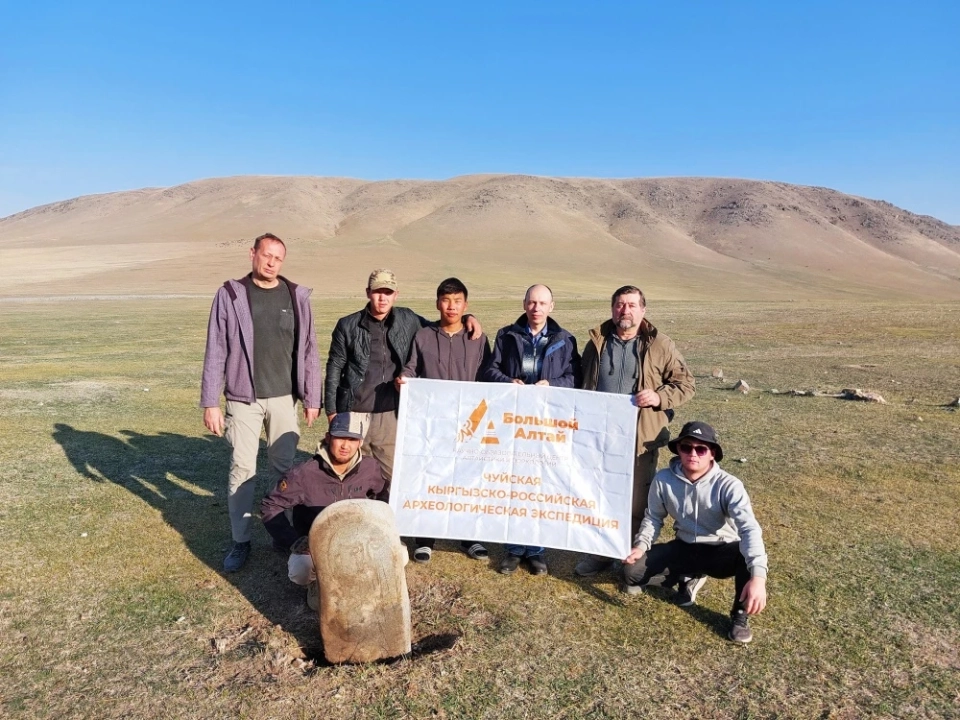In Uzbekistan, the first large-scale study of the human genome in the country's history has...
This has become the first case of implementing such professional systems in transport construction...

In Uzbekistan, scientists from the Center for Advanced Technologies conducted a unique study of...
A recent global study indicates an increase in cancer cases among youth worldwide, with obesity...
Scientific research conducted by geneticists from the Nikolai Vavilov Institute of General Genetics...
According to Chinese scientists, those working non-standard hours face an increased likelihood of...
The company Wildberries has announced the launch of a free service for checking images for...

Previously unregistered mutations found in the genes of the population of Uzbekistan...
According to a new study conducted by scientists from Harvard and Baylor universities, Generation Z...

Researchers from Utrecht University in the Netherlands have discovered the causes of so-called...
The Cabinet of Ministers of the Kyrgyz Republic has approved funding for new digital initiatives in...

A new study conducted by scientists from Mass General Brigham suggests that regular consumption of...
The master plan project for Bishkek, which will be in effect until 2050, presents a concept for the...
According to a study conducted by the American Heart Association, certain viral infections, such as...

How Animals Paved the Great Silk Road “The ‘discoverers’ of the Great Silk Road were animals,” say...
A group of scientists from the Temple University School of Medicine (USA) has identified a new...
A team of international researchers has developed a neuroimplant measuring just 2×2 mm, which is...

Antarctica has witnessed the fastest glacier collapse in history. According to the Ministry of...
A study was conducted in Kyrgyzstan focusing on the epidemiological aspects of COVID-19 infection...
A study conducted in Kyrgyzstan analyzed the incidence of whooping cough among children under 14...

International scientists have concluded that the structure of reality does not allow for the...
Recent research has established that early and late diagnosis of autism is associated with...
The Ministry of Transport and Communications of Kyrgyzstan has announced the completion of several...

According to a study published in the Lancet, childhood hypertension is becoming an increasingly...

A group of scientists conducted an experiment to study the logic and memory of artificial...
In the new residential area "Ene-Sai" in Osh, work has begun on paving the internal...

The study revealed that texts generated by AI can be just as persuasive as those written by...

In Uzbekistan, scientists from the Center for Advanced Technologies have conducted a comprehensive...
The Bishkek City Hall presented the draft of a new master plan for the capital on October 26....
According to information provided by the Eurasian Development Bank, trade volume between Central...

A new way to combat illegal payments and fees in school funds has been devised in Kyrgyzstan. Now,...
In a study conducted by scientists from China, it was found that depressive states may contribute...
According to Science Advances, this large-scale project was implemented without centralized...

The Hektoria Glacier, whose area is comparable to that of Philadelphia, is located on the...
According to a study published in the journal Nature Ecology & Evolution, an international...
According to the "I Want to Live" project, at least 143 citizens of Kyrgyzstan have died...
Kyrgyzstan has found itself among countries with a high risk of obesity and related diseases,...

In the Chui region of Kyrgyzstan, archaeologists from Altai State University and the Kyrgyz...
The Republican Institute for Advanced Training and Retraining of Educators has announced the launch...
In the Batken region, in the village of Austan, a section of road has been preserved that was built...

This new antibiotic, methylenomycin A, was discovered over 50 years ago; however, the...

The new restriction is aimed at preventing drone attacks According to information from the...